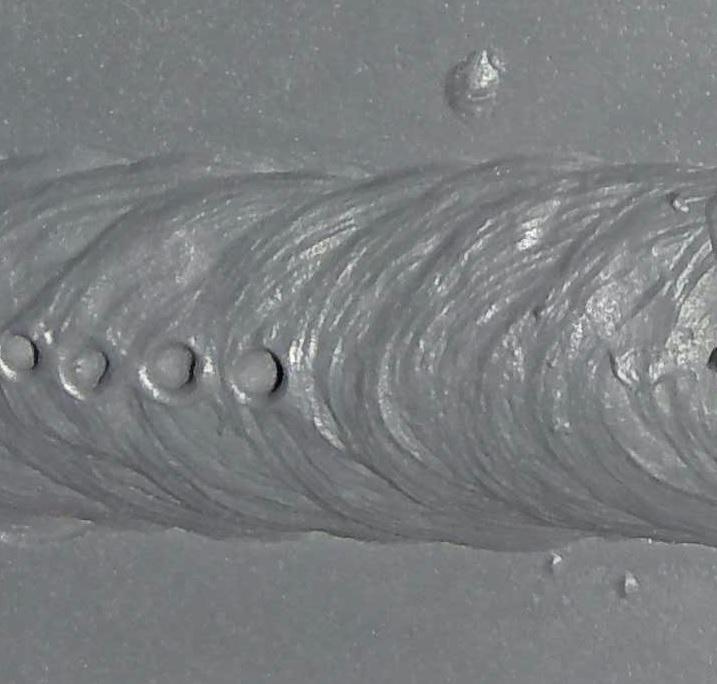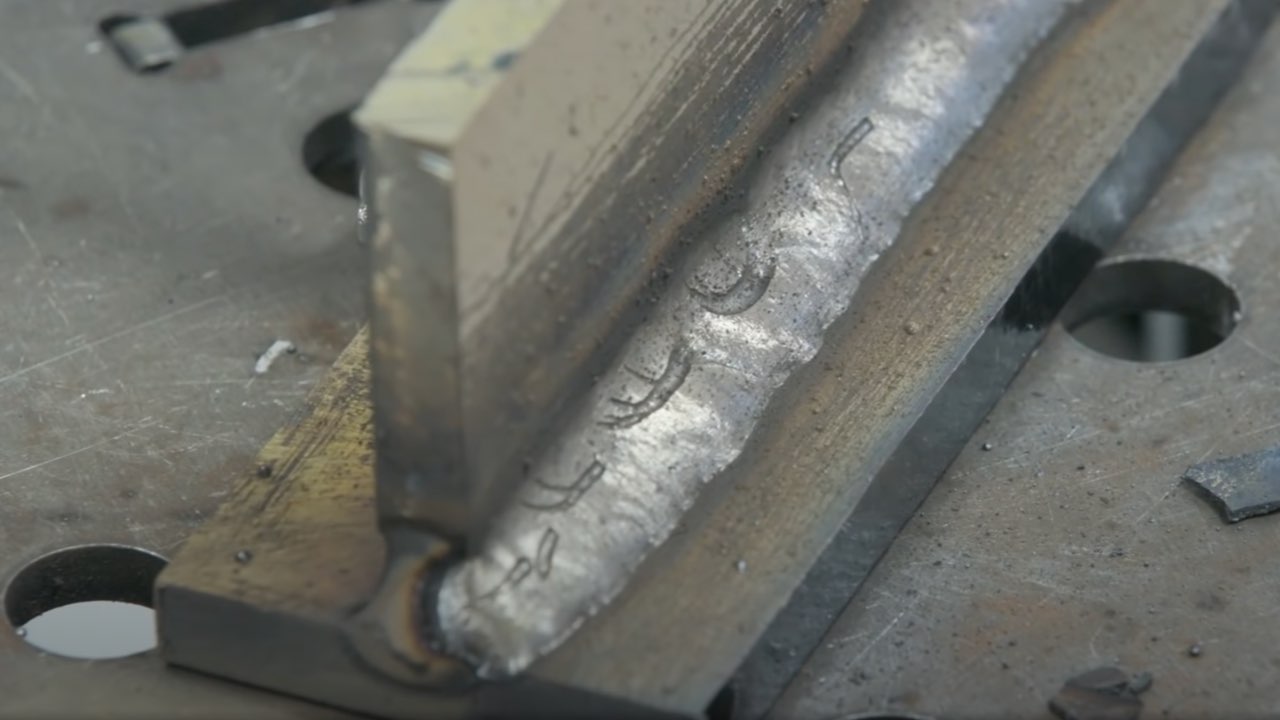The Scientific Research Behind Porosity: A Comprehensive Guide for Welders and Fabricators
Understanding the detailed mechanisms behind porosity in welding is critical for welders and fabricators making every effort for impressive craftsmanship. From the composition of the base materials to the ins and outs of the welding procedure itself, a wide range of variables conspire to either exacerbate or ease the visibility of porosity.
Recognizing Porosity in Welding
FIRST SENTENCE:
Assessment of porosity in welding exposes essential insights right into the stability and quality of the weld joint. Porosity, characterized by the visibility of dental caries or gaps within the weld metal, is a typical worry in welding procedures. These voids, if not properly attended to, can jeopardize the architectural stability and mechanical properties of the weld, bring about prospective failings in the ended up product.

To discover and quantify porosity, non-destructive testing techniques such as ultrasonic testing or X-ray evaluation are typically employed. These strategies enable for the identification of inner issues without endangering the stability of the weld. By analyzing the size, shape, and circulation of porosity within a weld, welders can make educated choices to enhance their welding procedures and attain sounder weld joints.

Elements Affecting Porosity Formation
The event of porosity in welding is influenced by a myriad of aspects, varying from gas shielding effectiveness to the intricacies of welding criterion settings. Welding parameters, consisting of voltage, present, travel rate, and electrode kind, additionally effect porosity development. The welding technique utilized, such as gas steel arc welding (GMAW) or shielded steel arc welding (SMAW), can affect porosity development due to variants in warm circulation and gas insurance coverage - What is Porosity.
Results of Porosity on Weld Top Quality
The visibility of porosity likewise compromises the weld's resistance to corrosion, as the entraped air or gases within the voids can respond with the surrounding atmosphere, leading to degradation over time. In addition, porosity can impede the weld's ability to hold up against pressure or impact, additional jeopardizing the total quality and integrity of the welded framework. In vital applications such as aerospace, automotive, or architectural constructions, where security and resilience are extremely important, the harmful results of porosity on weld quality can have serious effects, emphasizing the value of minimizing porosity with correct welding techniques and procedures.
Methods to Decrease Porosity
Additionally, making use of the suitable welding criteria, such as the right voltage, current, and travel rate, is important in preventing porosity. Keeping a consistent arc size and angle during welding likewise helps minimize the likelihood of porosity.

Making use of the ideal welding strategy, such as back-stepping or using a weaving activity, can additionally aid disperse warm uniformly and find here minimize the possibilities of porosity formation. By executing these techniques, welders can efficiently reduce porosity and produce top quality bonded joints.

Advanced Solutions for Porosity Control
Implementing innovative innovations and innovative approaches plays an essential function in achieving premium control over porosity in welding processes. One advanced remedy is using advanced gas combinations. Protecting gases like helium or a mixture of argon and hydrogen can aid minimize porosity by providing far better arc stability and boosted gas protection. In addition, employing innovative welding techniques such as pulsed MIG welding or changed environment welding can likewise assist mitigate porosity problems.
One more innovative solution includes the usage of innovative welding equipment. For example, making use of tools with find out this here built-in features like waveform control and sophisticated power resources can boost weld quality and decrease porosity dangers. Moreover, the application of automated welding systems with specific control over criteria can significantly minimize porosity defects.
Additionally, integrating advanced monitoring and evaluation technologies such as real-time X-ray imaging or automated ultrasonic testing can assist in detecting porosity early in the welding procedure, permitting instant restorative actions. Overall, incorporating these sophisticated options can significantly improve porosity control and boost the general high quality of welded parts.
Final Thought
Finally, understanding the scientific research behind porosity in welding is necessary for welders and producers to produce high-quality welds. By recognizing the elements influencing porosity formation and applying methods to reduce it, welders can improve the general weld quality. Advanced remedies for porosity control can additionally enhance the welding procedure and guarantee a solid and reputable weld. It is essential for welders to continually inform themselves on porosity go to this website and apply finest techniques to accomplish optimum results.